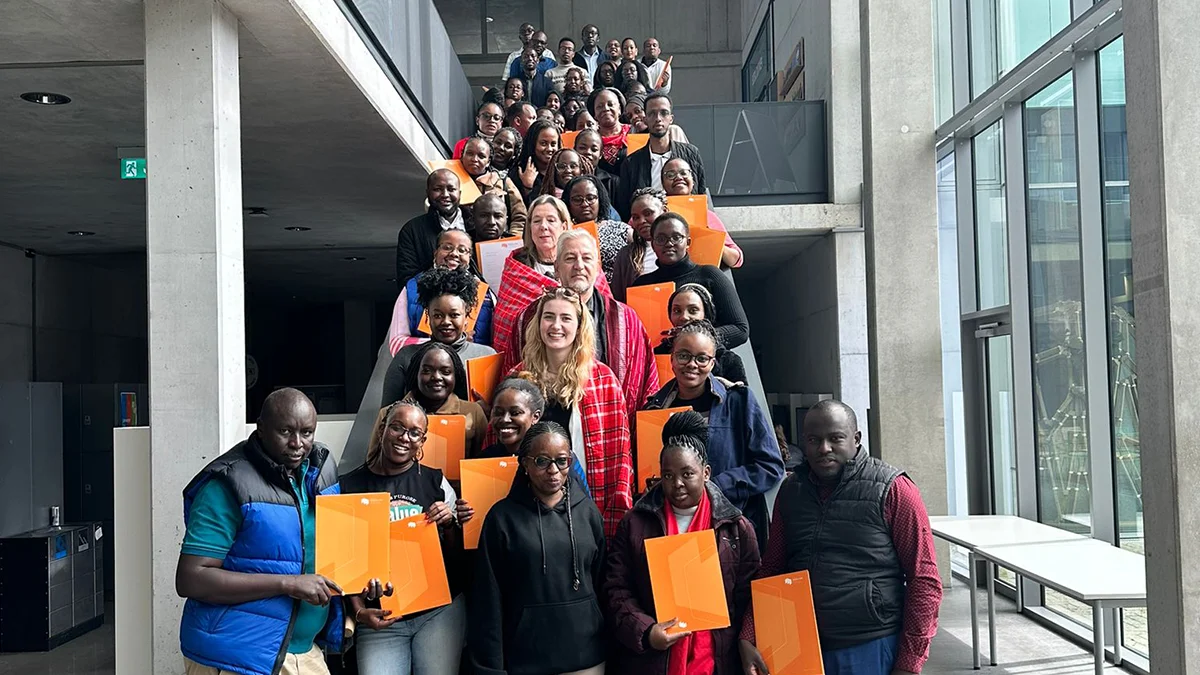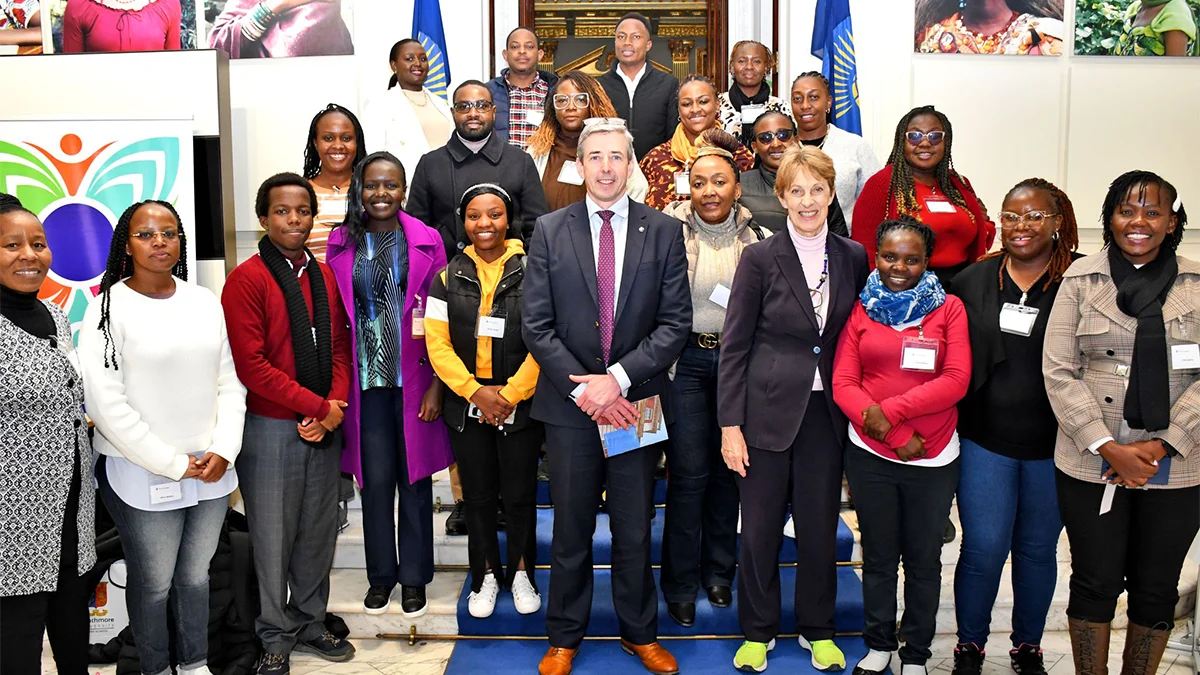Carbon projects have gained increasing attention in recent years as a way to mitigate the effects of greenhouse gas emissions and address climate change. In Kenya, the Mau Forest conservancy has emerged as a key player in the development and implementation of carbon projects, offering a range of opportunities for organizations and corporations looking to participate in the carbon market.
The Mau Forest is one of the largest and most critical water towers in Kenya, providing water to millions of people and supporting a wide range of ecosystems and species. However, the forest has been facing significant challenges, including deforestation, degradation, and encroachment, which have reduced its carbon sequestration potential and undermined its ability to regulate water flows.
To address these challenges, a range of carbon projects have been developed and implemented in the Mau Forest, aimed at restoring degraded areas, protecting and conserving remaining forests, and promoting sustainable land use practices. These projects not only help to mitigate the effects of climate change but also provide a range of benefits to local communities.
One example of a successful carbon project in the Mau Forest is the “Reducing Emissions from Deforestation and Forest Degradation” (REDD+) project, which aims to incentivize the preservation and protection of the forest by compensating stakeholders for the carbon stored in the trees and other vegetation. The project is supported by the Kenyan government and a range of international organizations, including the World Bank and the United Nations Development Programme (UNDP).
Another example is the “Mau Forest Community Carbon Project,” which seeks to engage and empower local communities in the conservation and management of the forest. The project is aimed at restoring degraded areas, promoting sustainable land use practices, and improving the livelihoods of local communities. The carbon credits generated from the project are sold to buyers in the carbon market, providing a source of revenue for the communities and incentivizing them to maintain and protect the forest.
The opportunities for carbon projects in the Mau Forest and in Kenya are significant, offering a range of benefits for organizations and corporations looking to participate in the carbon market. For example, by participating in carbon projects, corporations can offset their greenhouse gas emissions, demonstrate their commitment to sustainability, and enhance their reputation.
In Africa, the potential for carbon projects is vast, with large areas of forests, savannahs, and wetlands that offer significant carbon sequestration potential. However, the development of carbon projects in Africa faces a range of challenges, including; limited financing, lack of technical capacity, and weak governance structures. To address these challenges and unlock the full potential of carbon projects in Africa, it is essential that governments, international organizations, and the private sector work together to develop and implement effective and sustainable carbon projects. This can involve the creation of enabling policies and regulations, the development of technical capacity and expertise, and the provision of financing and other support.
For big corporations, the benefits of participating in carbon projects in Africa are significant. By investing in carbon projects, corporations can offset their greenhouse gas emissions, demonstrate their commitment to sustainability, and enhance their reputation. Additionally, by working with local communities and other stakeholders, corporations can help to promote sustainable land use practices, protect critical ecosystems and biodiversity, and improve local livelihoods.
There are a range of potential carbon projects that corporations can consider to offset their greenhouse gas emissions and demonstrate their commitment to sustainability. Some examples include:
Reforestation and Afforestation Projects. These projects involve planting trees to sequester carbon and restore degraded lands. By investing in reforestation and afforestation, corporations can help to mitigate the effects of climate change.
Agricultural Projects. Agricultural practices such as agroforestry, soil carbon sequestration, and improved livestock management can play a key role in mitigating greenhouse gas emissions and improving the resilience of agricultural systems to the impacts of climate change. By investing in these projects, corporations can help to promote sustainable land use practices and contribute to food security.
Energy Efficiency and Renewable Energy Projects. Energy efficiency and renewable energy projects can reduce greenhouse gas emissions by reducing the amount of energy required for various activities and by replacing fossil fuels with clean energy sources. By investing in these projects, corporations can help to reduce their carbon footprint, improve energy security, and promote the development of clean energy technologies.
Waste Management Projects. Waste management projects can reduce greenhouse gas emissions by reducing the amount of waste generated, improving waste management practices, and promoting the recovery of valuable resources from waste. By investing in these projects, corporations can help to reduce their environmental impact, improve public health, and promote resource efficiency.
These are just a few examples of the many potential carbon projects that corporations can consider investing in as these projects can offset greenhouse gas emissions, demonstrate commitment to sustainability, and contribute to a more sustainable future.
Article by Katherine Keango
Would you like to share an article? Write to us at sbscommunication@strathmore.edu
Share This Story, Choose Your Platform!
Your journey to business excellence starts here. Subscribe today and be at the forefront of innovation and leadership.










